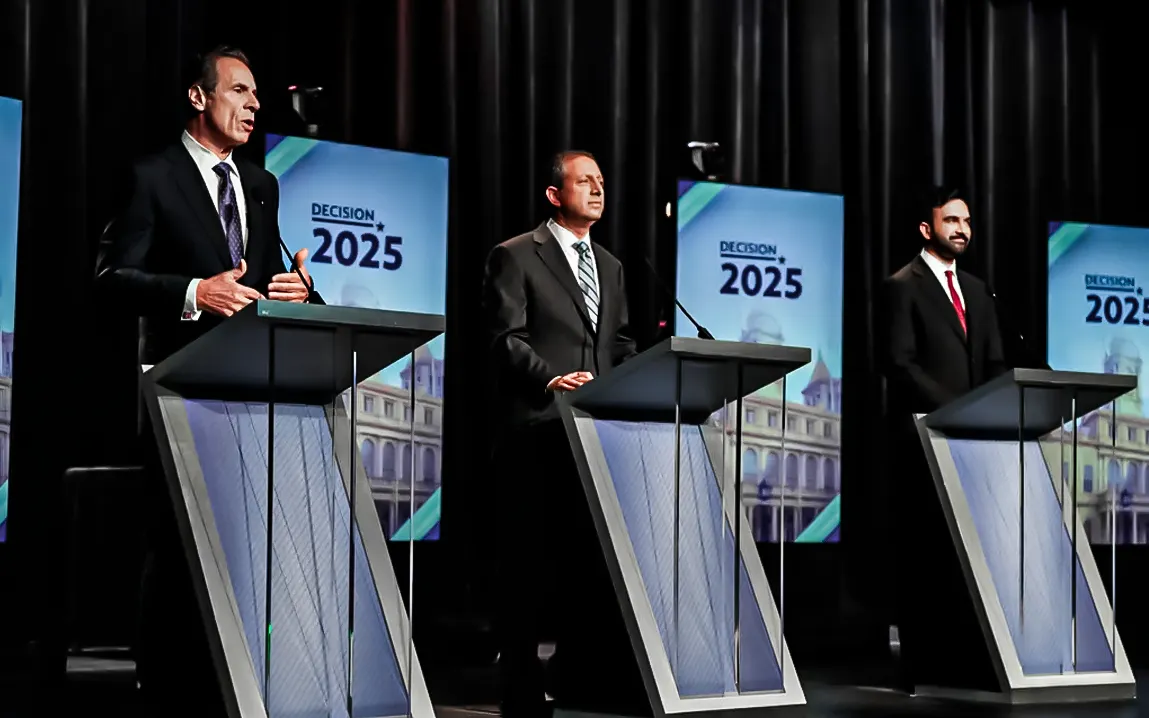President Donald Trump has renewed and broadened a contentious travel ban that will now affect 19 nations, a profound turning point in U.S. immigration and foreign policy. The new policy, to go into effect at 12:01 a.m. Monday, brings back memories of Trump’s early days in office when a similar policy generated widespread protests and court fights.
A Sweeping Expansion of the Travel Ban
This time around, the ban is wider and more sweeping. A full entry ban will be placed on twelve countries, and seven countries will face increased visa restrictions and more rigorous vetting processes. Those twelve countries are Afghanistan, Chad, Equatorial Guinea, Eritrea, Haiti, Iran, Libya, Myanmar, Republic of the Congo, Somalia, Sudan, and Yemen. Individuals traveling from Burundi, Cuba, Laos, Sierra Leone, Togo, Turkmenistan, and Venezuela will face new hurdles under stricter travel restrictions.
The government asserts that the targeted nations have fallen behind the U.S. ‘s baseline standards for sharing information, failed to demonstrate good cooperation in deportation cases, or have threatened national security.
Triggered by Recent Events
Timing of announcement comes after a fatal stabbing spree in Boulder, Colorado, allegedly by an Egyptian national who had lived in the United States illegally. The attack renewed the spotlight on immigration enforcement breakdowns. Significantly, Egypt, however, is not on the list of countries that have been updated on the ban, which has caused a stir and increased criticism regarding the policy’s consistency.
Backlash from Advocates and Humanitarian Groups
Critics were swift to respond. Immigration activists and human rights groups condemned the policy as discriminatory and short-sighted. Some argue that the ban, particularly expanding it to include Afghanistan, violates America’s promises to allies who risked their lives in aiding U.S. military operations. Some refer to it as a betrayal and a setback for America’s reputation as a haven for oppressed people.
The policy has also been likened to the administration’s initial 2017 travel ban, which initially directed itself at a number of countries with large Muslim populations and elicited nationwide protests. That policy faced fierce legal assaults before a revised version was upheld by the Supreme Court in 2018.
Legal Grounds and Administrative Framing
This more comprehensive edition seems to be legally grounded. The authorities refer to a systematic evaluation process on the basis of nations’ adherence to international security norms, identity verification mechanisms, and openness to accepting expelled citizens. By mentioning data-based standards rather than ethnic or religious profiles, the administration aims to sidestep past allegations of prejudice.
Broader Policy Context
The new travel ban arrives amid a torrent of policy initiatives meant to amplify President Trump’s “America First” agenda. The administration recently proposed preventing foreign students from studying at institutions like Harvard, revised CHIPS Act funding to restrict foreign recipients, and increased steel tariffs in protectionist moves. Each move, including the broadened travel ban, is part of a wider effort to diminish perceived vulnerabilities in national security, economic autonomy, and immigration enforcement.
A Divisive but Defining Moment
As the clock counts down to enforcement, the travel ban will restructure the lives of thousands—stopping family reunions, rescinding work and student visas, and testing diplomatic relationships. To its supporters, it is a necessary measure to secure the country. To its detractors, it’s a beacon of exclusion that violates America’s identity and moral obligation.
What is certain is that this broad ruling will rekindle debate throughout the political landscape, with immigration once more playing a starring role in the national dialogue.



